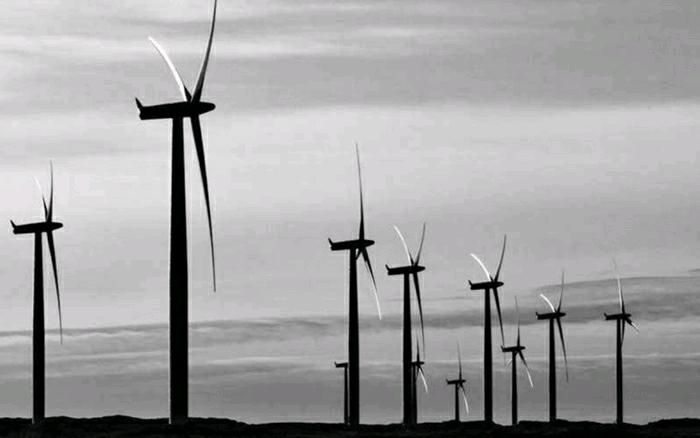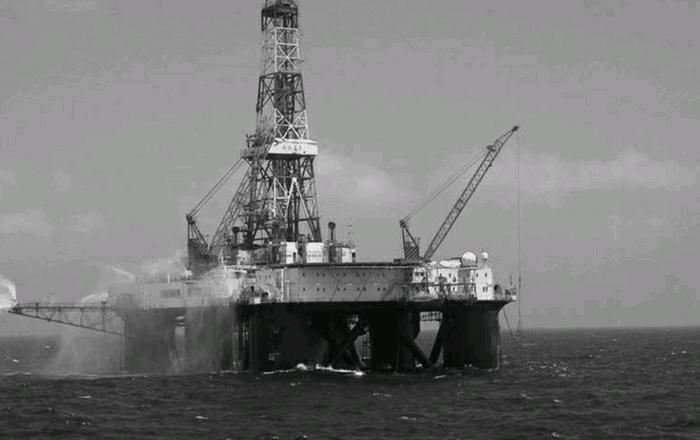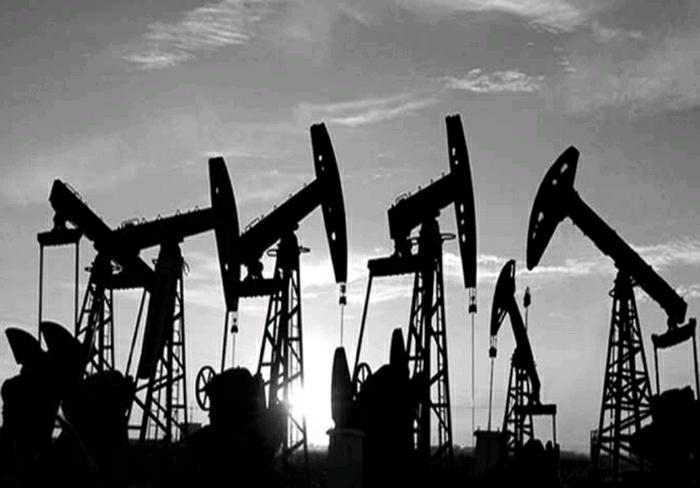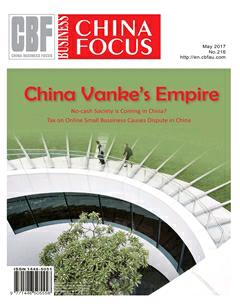China Launches Its First Strategy of Revolution of Energy Production and Consumption

Behind the rapid urbaniza- tion process in China, energy consumption and environmental damage have already become an unavoidable issue which made new demands for Chinas“energy revolution”.
On April 25, the National Development and Reform Commission and the National Energy Board launched the “energy production and consumption of the revolutionary strategy(2016-2030)” (hereinafter referred to as“strategy”), which is the first time China issued a national revolutionary energy strategy.
“Strategy” proposed three stages of development goals of Chinas energy revolution. In the long run, by the time of 2050, the total energy consumption in China is basically stable, non-fossil energy accounted for more than half. China will become an important participant in global energy governance.
“This is an ambitious goal, the previous goal was the consumption of coal, oil and gas and non-fossil energy each will make up 1 / 3.” National Climate Change Strategy Research and International Cooperation Center International Director Chai Qi Min said that energy transformation efforts will go further for this time.
Objectives: non-fossil energy to enhance the proportion
As early as June 13, 2014, General Secretary Xi Jinping at the sixth meeting of Central Finance Leading Group asked to pay attention to the development of strategy of 2030 energy production and consumption revolutionary. Xi Jinping put forward five points on the promotion of energy production and consumption revolution, including the energy consumption revolution, supply revolution, technological revolution, institutional revolution and “allround strengthening of international cooperation, to achieve energy safety under open conditions.” This is the industry commonly known as the “four revolutions + international cooperation.”
The “Strategy” is mainly prepared around the above five points to carry out, and a separate, specific chapter is set up for each point requirements. Among them, the most noteworthy point is that the state proposed nonfossil energy consumption will account for more than half by2050.
In this regard, Chai Qi Min gave his analysis that “Srategy” specifically outlined the green and low-carbon direction, put forward the energy consumption system on the consumption side of and the new concept of the clean incre-mental on supply side of in the internal strategy, and put forward “one belt one road” energy channel, and the international energy affairs discourse right and other new concepts in the foreign strategy. It is a major summary of the trend of energy transformation.
National Renewable Energy Center Director Wang Zhongying said that the state proposed non-fossil energy will account for more than half by 2050, which is an epoch-making change. Whether this goal can be achieved depends on the advancement of the energy system revolution. If the reform progress smoothly, non-fossil energy will count for even 2/3 by 2050.
In addition, the “Strategy” put forward the short-term goal is the full start of the layout of the energy revolution, to promote fossil energy clean, fundamentally reverse the extensive consumption of energy consumption, implementation of the function of policy guidance and constraints at the same time by 2020.
The total energy consumption is controlled within 5 billion tons of standard coal, the proportion of coal consumption is further reduced, clean energy has become the main body of energy increment, energy structure adjustment has made significant progress, non-fossil energy accounted for 15%; unit gross domestic product carbon dioxide emissions ratio was down to 18% in 2015.
At the same time, the energy consumption per unit of GDP is 15% lower than that in 2015; the basic system of power, oil and gas system, energy price formation mechanism, green finance and taxation policy have basically formed; energy self-sufficiency is maintained above 80% , the energy security system has already come into shape .
In the medium term, renewable energy, natural gas and nuclear energy use continued to grow from 2021 to 2030, and the use of high-carbon fossil energy will be significantly reduced. Energy consumption is controlled within 6 billion tons of standard coal, non-fossil energy will account for about 20% of the total energy consumption, natural gas will account for about 15%, new energy demand mainly rely on clean energy to meet. At the same time, the unit GDP of carbon dioxide emissions fell 60% -65% compared with 2005.
“One Belt One Road” Energy Channel
It is noteworthy that the “Strategy”the proposed “one belt one road” energy channel in the seventh chapter of the international cooperation part.
First of all, consolidate both strategic import channels of both oil and gas, speed up the building of the new energy channel, effectively improve China and along the countrys energy supply capacity, comprehensively enhance the level of energy supply complement each other.
Wang Jinzhao, vice minister of the Ministry of Foreign Trade, told that within the region of”one belt one road”, need to achieve a wide range of energy imports, balance and promote the cooperation among the Middle East, Central Asia, Russia, Southeast Asia and Africa.
Second, ensure that the energy channel is smooth. Consolidate the existing oil and gas strategic import channel. Promote the establishment of land and sea safety cooperation mechanism, do a good job of key channel risk control, improve facilities protection capabilities, strategic early warning capabilities and emergency response capability, build a safe and smooth energy transmission channel.
Wang Jinzhao suggested that efforts should be made to diversify the energy import channels and accelerate the construction of oil and gas pipelines such as China-Russia and China-Turkey oil and gas pipelines, and speed up the construction of transport ports and terminals in the region of “one belt one road”, and gradually reduce transport dependence on the Malacca Strait, the Strait of Hormuz and other places.
Third, improve the energy channel layout. Strengthen the land and sea linkage, east and west two-way open, accelerate the national and regional energy interoperability in the region “one belt one road”, speed up energy channel construction, improve land transport capacity. Promote the surrounding national power infrastructure network interoperability.
Fourth, promote the co-construction and sharing. Relevant countries and regions jointly promote the layout of energy infrastructure planning, standard norms, to strengthen legal cooperation, to ensure efficient transport of energy. Build overseas energy economic and trade industrial park.
Chai Qi Min said that the current energy channel construction is mainly for oil and gas resources, the future power growth potential is not small. Compared to oil and gas, power channel construction is more sensitive, and there will be more obstacles. This needs to be based on the establishment of longterm and stable bilateral and multilateral political mutual trust.

